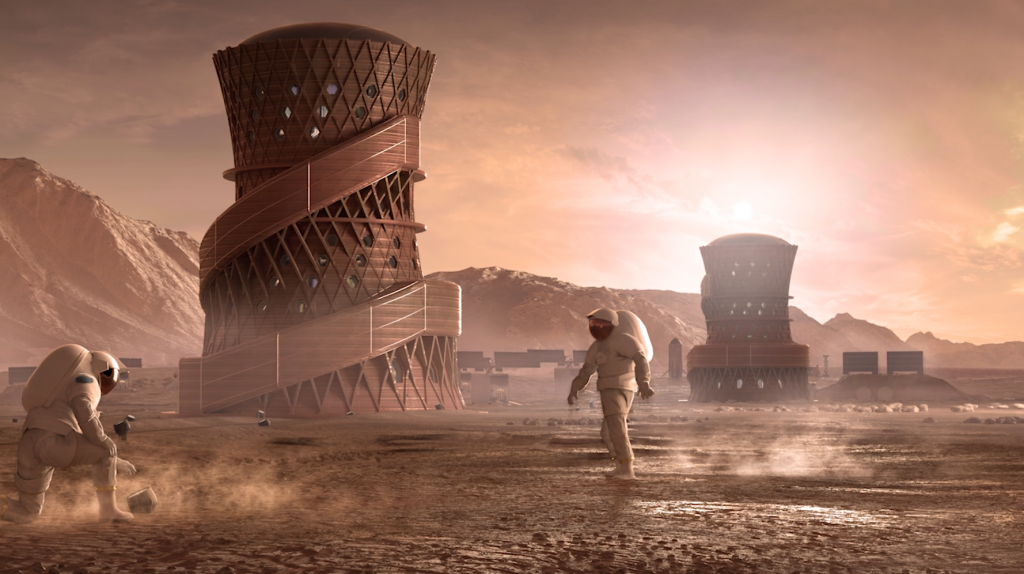Planetary terraforming strategies: from dust to life, one planet at a time (science video).
We humans are a curious species. We’ve explored the depths of the ocean, climbed the tallest mountains, and ventured into space. But with the vastness of the universe, we’re starting to run out of real estate. It’s only a matter of time before we need to look for new worlds to call home.
Enter planetary terraforming, the process of transforming barren, inhospitable planets into livable worlds. As we journey out to the stars, we’ll need to choose the best terraforming techniques for each planet and star system. And let’s be real, the fate of our species rests on making the right decisions.
The first step in terraforming is to choose a planet with the right ingredients. Scientists will look for signs of water, a stable climate, and a magnetic field to protect against solar winds. If a planet doesn’t have these things, it’s time to move on to the next candidate.
Once a suitable planet is found, it’s time to get to work. We might start by releasing gases like oxygen and nitrogen into the atmosphere to make the planet more hospitable. This can be done by using special terraforming machines that generate these gases from the planet’s natural resources.
Another option is to introduce plant life. Yes, you heard that right. We’ll be sending seeds and saplings into space, and with the help of greenhouses and grow lights, we’ll create entire forests on other planets. This not only provides a source of oxygen but also helps regulate the planet’s climate.
But what about the creatures that already call these planets home? Well, we’ll have to be mindful of the indigenous life forms. We don’t want to become intergalactic bullies. Instead, we’ll try to find a way to coexist with the existing life forms. Or, if that’s not possible, we might consider terraforming a moon or a dwarf planet instead.
The future of planetary terraforming is bright, and the possibilities are endless. With each new discovery and advancement, we inch closer to our goal of creating livable worlds on other planets. Who knows, we might even discover new forms of life in the process.
So, as we journey out to the stars, let’s embrace the challenge of terraforming and forge new worlds to call home. With the right tools and techniques, the universe will be our playground, and we’ll be its caretakers.



